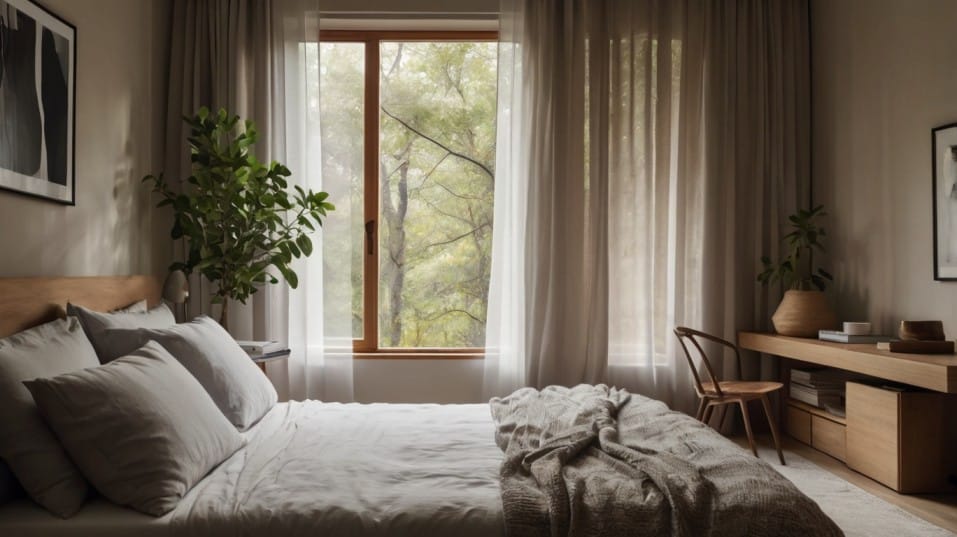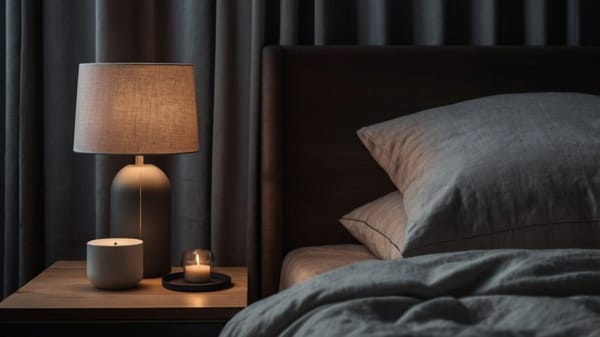Understanding Circadian Rhythm Disorders
Struggling with sleep that never feels restorative? Learn how to reset your circadian rhythm and unlock real energy, focus, and recovery.

Ever wonder why you feel drained even after eight hours of sleep? The answer might not be your bedtime—it’s your body’s internal clock. Your circadian rhythm controls when you feel alert, when you wind down, and how well you recover.
But in today’s screen-lit, schedule-chaotic world, that rhythm gets thrown way off. The good news? You can reset it. And once you do, sleep stops being a battle and starts fueling real energy.
What Exactly Is Your Circadian Rhythm?
Your circadian rhythm is more than just a fancy sleep timer. It’s a biological master schedule controlled by the suprachiasmatic nucleus (SCN) in your brain—a group of neurons that acts like your body's timekeeper.
This rhythm coordinates your entire system: core body temperature, hormone release, digestion, alertness, sleep pressure, even gene expression. It’s constantly syncing itself to light, food, movement, and social cues.
When it's working, you feel tired at night, alert in the morning, and function on autopilot with real energy throughout the day.
When it’s not? You’re wide awake when you should be asleep, crashing mid-afternoon, and dragging yourself out of bed without ever feeling fully recharged.

What Throws Your Circadian Rhythm Off Track
Here’s the real talk: most circadian rhythm problems aren’t disorders in the clinical sense. They’re lifestyle-driven. But the symptoms feel just as real—because your body’s timing system doesn't adapt quickly to change.
Light Exposure at the Wrong Time
Your body relies on bright natural light in the morning to suppress melatonin and wake you up. But if you scroll your phone in bed at midnight under LED lights, your brain interprets that as daylight.
Melatonin production shuts down, your sleep onset gets delayed, and your whole rhythm shifts later.
Inconsistent Sleep Schedules
If you're going to bed at 10 one night and 1 the next, your internal clock never stabilizes. You stop releasing sleep hormones at the right time, and even if you sleep “enough,” the quality tanks.
This is especially common in people with Delayed Sleep Phase Syndrome (DSPS)—where your body prefers a later sleep window than society allows.
Other Disruptors: Caffeine, Food, and Social Jet Lag
Caffeine blocks adenosine, the chemical that builds up pressure for sleep. Eating late shifts your body's idea of when it should be active.
Skipping daytime movement keeps your core temperature too stable—your body needs a rise and fall to recognize sleep onset. Then there’s social jet lag—the weekend habit of staying up late and sleeping in.
It might feel like "catching up" on sleep, but your internal clock reads it as a time zone change. Monday hits, and you’re in recovery mode before the week even starts.
The Science of Resetting Your Rhythm
The good news? Circadian rhythms aren’t static. They’re adaptable. Your internal clock responds to entrainment—meaning it can be nudged back into alignment with the right cues. Here’s how to use that science to your advantage.
Prioritize Early Morning Light
This isn’t optional. Getting natural light within the first hour of waking is the fastest way to anchor your circadian rhythm. Light hits receptors in your retina that signal your SCN: "Wake up, start the clock."
This shuts off melatonin, boosts cortisol (in a good way), and sets your timer for when you’ll naturally start to get sleepy again—usually 14 to 16 hours later.
No access to morning sun? Use a 10,000 lux light therapy box for 15–30 minutes while you go about your morning routine. Bonus: it can improve mood and focus almost instantly.
Cut the Light at Night
After sunset, start dimming your environment. Your body needs darkness to switch into sleep mode. Warm lighting, blackout curtains, screen dimmers—all signal your brain to start releasing melatonin.
If you're glued to devices, use blue light blockers or enable night shift settings, but aim to power down screens at least 60 minutes before bed.
Keep Your Sleep Schedule Consistent
Forget “catching up” on sleep. Aim to wake at the same time every day—even on weekends. That wake time is your circadian anchor, and the body organizes everything around it: digestion, alertness, temperature, recovery.
It doesn’t have to be painfully early. It just needs to be consistent. Once you lock that in, bedtime naturally falls into place.
If you're trying to shift an off-kilter schedule earlier, don’t do it cold turkey. Move it in 15- to 30-minute increments every few days. That way, your body adapts gradually instead of resisting the change.
Use Movement, Food, and Heat Wisely
These secondary cues—called zeitgebers—reinforce your body’s clock. Exercise raises core body temperature and cortisol, which enhances alertness.
Do it in the morning or early afternoon to reinforce daytime energy and help sleepiness kick in at night.
Eat meals at consistent times, ideally during daylight hours. Late-night eating confuses your internal clock into thinking it's still active time.
Keep dinner light and early. And take a warm shower or bath about 90 minutes before bed—it sounds backwards, but the drop in body temperature afterwards triggers sleepiness.
When to Consider a Deeper Look
If you’ve tried all the above and still feel like your sleep window is totally out of sync with your lifestyle—think 3am bedtimes and 11am wake-ups despite efforts to change—it might be more than lifestyle drift.
Circadian rhythm sleep disorders like Non-24-Hour Sleep-Wake Disorder or Advanced Sleep Phase Disorder are real conditions that often require clinical support, sometimes even melatonin therapy or light dosing at specific times.
But even these are often managed first with behavioral changes and light therapy.
Final Thoughts
Circadian rhythm disorders aren’t a life sentence. They’re a signal your body is trying to follow patterns it can no longer recognize.
Resetting your internal clock isn’t about strict routines or perfection—it’s about sending the right signals at the right times so your body can get back in sync.
Start with light. Anchor your mornings. Dim the noise at night. Keep your wake time steady. These aren’t major life overhauls—they’re small, powerful shifts that add up fast.
When your circadian rhythm aligns with your daily routine, sleep stops being a struggle. You recover better. Focus sharper. You’re not just rested—you’re optimized.
Start today. Step into the morning light. Ditch the late-night scroll. Build a rhythm that actually works—and let your body do what it’s built to do: thrive.




